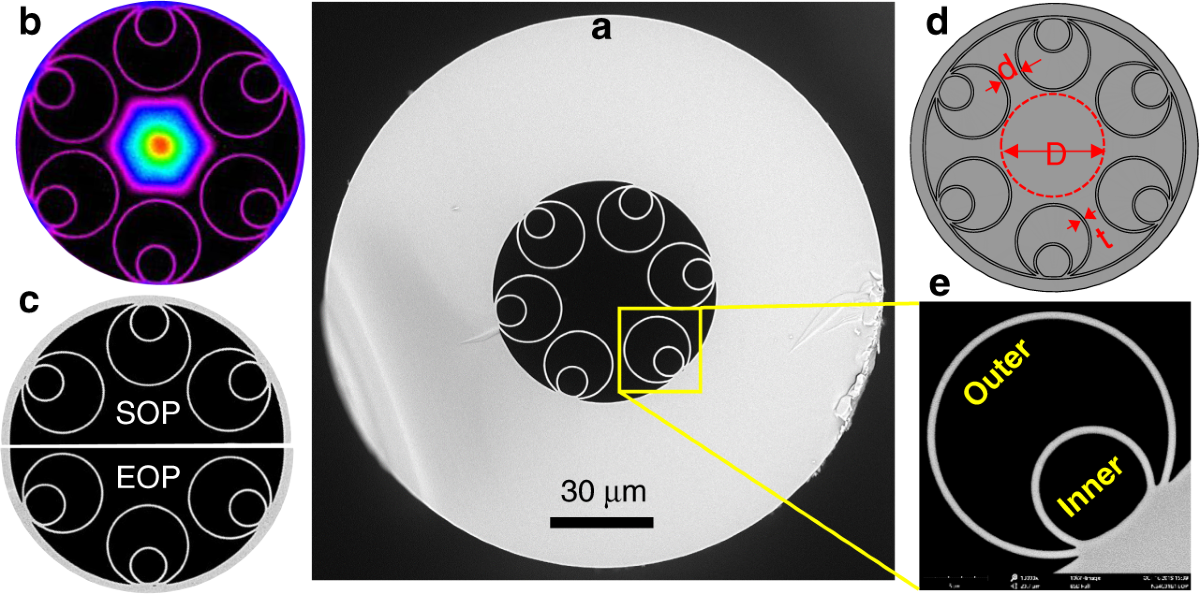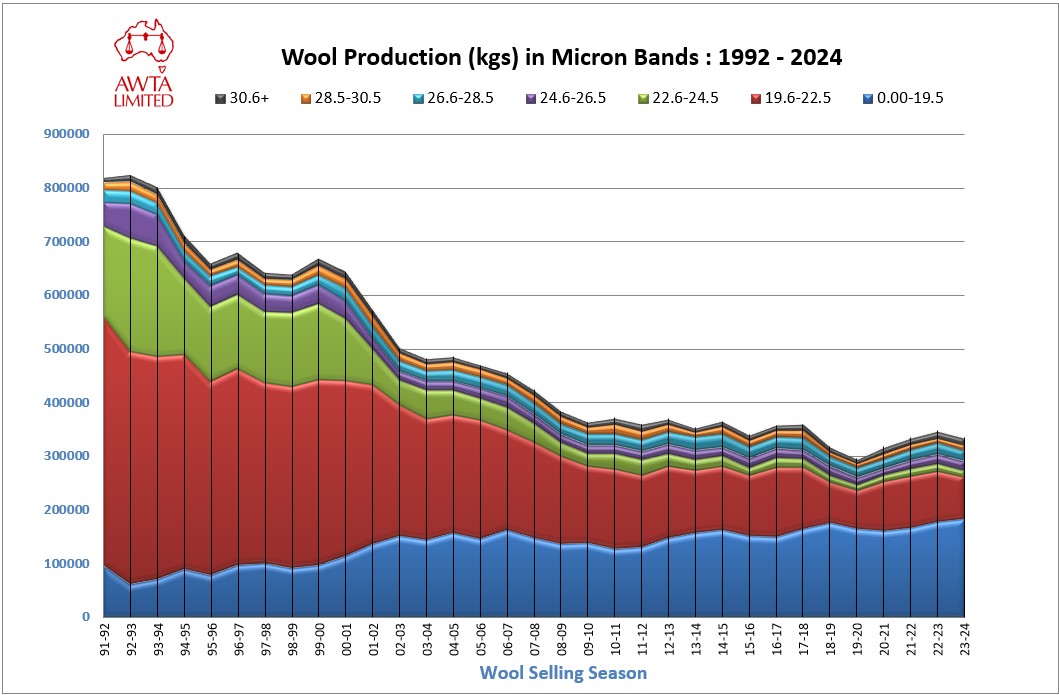Increasing Production Efficiency with an Optical Fibre Diameter Analyser
Increasing Production Efficiency with an Optical Fibre Diameter Analyser
Blog Article
Maximize Your Fiber Optic Performance: Comprehending Optical Fibre Diameter Analyser Innovation
The efficiency of fiber optic systems is seriously influenced by the precision of their size, an element commonly ignored in the quest of optimum signal honesty. Recognizing the modern technology behind optical fiber size analysers discloses the detailed balance in between measurement accuracy and manufacturing high quality.
Significance of Optical Fiber Diameter
The size of optical fibre plays an essential role in establishing the performance and effectiveness of interaction systems. Conversely, smaller sized sizes often tend to support fewer settings, which can improve signal clarity and reduce crosstalk.

Furthermore, understanding the size's ramifications can bring about cost financial savings by reducing the need for signal boosting and repeaters in extensive networks (optical fibre diameter analyser). Finally, the importance of optical fibre size can not be overstated, as it directly affects the total effectiveness and dependability of modern-day communication systems

How Diameter Impacts Signal Quality
Signal quality in optical fiber systems pivots substantially on the diameter of the fiber. A smaller sized diameter can lead to greater depletion rates, resulting in signal loss as light trips with the fibre.
Conversely, bigger diameters generally permit enhanced light capture and lowered modal dispersion, improving signal clarity. In multimode fibres, a larger core size can sustain several light settings, however it may likewise present intermodal dispersion, which can break down signal quality. Choosing the ideal fiber diameter is crucial for accomplishing the desired performance in particular applications.
Moreover, the communication between the fibre diameter and the wavelength of the light utilized plays an important function in identifying the effective transmission range and overall signal integrity. Comprehending how fibre diameter impacts signal quality is vital for network developers and designers aiming to maximize optical fibre systems for reliable, high-speed data transmission.
Review of Diameter Analyser Innovation
In many optical fiber manufacturing processes, exact measurement of fiber diameter is essential for making sure constant efficiency and top quality (optical fibre diameter analyser). Size analysers are innovative tools designed to examine the physical measurements of optical fibers with high accuracy. They utilize innovative optical and laser modern technologies to measure the diameter, ovality, and concentricity of the fibre, therefore offering critical information for quality assurance
These analysers can operate in-line throughout the manufacturing procedure or as component of off-line testing procedures. In-line systems allow real-time surveillance, permitting manufacturers to change criteria instantly, therefore keeping optimal manufacturing conditions. Off-line analysers, on the other hand, give detailed examinations of sets, ensuring that any inconsistencies from defined resistances are determined and addressed.
Size analysers dramatically contribute to the reduction of issues in optical fibers, boosting total item integrity. By constantly determining vital parameters, these modern technologies facilitate conformity with industry standards and requirements. As the need for high-performance optical fibres remains to climb, the duty of size analysers comes to be significantly vital in achieving the desired high quality and efficiency standards in fibre optic systems.
Trick Attributes of Fiber Diameter Analysers
Although different versions of fiber diameter analysers exist, they frequently share a number of key attributes that enhance their capability and reliability. One of one of the most significant features is high-resolution measurement capacities, which guarantee specific diameter analyses, critical for maintaining quality control in fiber manufacturing. Furthermore, many analysers include innovative optical sensing units created to find minute variations in fiber diameter, hence supplying vital data for process optimization.
Another important function is real-time tracking, permitting drivers to receive immediate feedback on fiber diameter throughout the manufacturing procedure (optical fibre diameter analyser). This capacity promotes fast adjustments and minimizes the likelihood of flaws. Several analysers likewise come geared up with easy to use interfaces, enabling operators to easily browse with data and settings results
Furthermore, durable data storage and analysis capabilities are necessary for tracking historic performance trends and guaranteeing conformity with industry requirements. These functions jointly contribute to the efficacy of fibre diameter analysers in enhancing fiber optic performance.
Best Practices for Fiber Optimization

First, normal calibration of optical fibre diameter analysers is necessary. This makes certain precise dimensions and reduces possible disparities that can impact efficiency. Next off, keeping a clean workplace is essential; dust and contaminants can result in signal deterioration.
Additionally, it is vital to choose fibers that fulfill certain application requirements. This includes reviewing factors such as attenuation, bandwidth, and environmental conditions. Appropriate installment methods must also be stuck to, including avoiding sharp bends and excessive stress, which can endanger fibre stability.
Additionally, utilizing sophisticated monitoring systems can facilitate real-time performance analyses, allowing punctual recognition of concerns. Routine testing and upkeep should be performed to make certain that fibres stay within optimum functional specifications.
Finally, training personnel on the most current fiber optimization modern more info here technologies and methodologies will certainly enhance their ability to execute reliable methods. By following these finest methods, organizations can dramatically boost the efficiency and lifespan of their optical fiber systems, making certain effective interaction and information transfer.
Conclusion
Finally, the combination of optical fiber size analyser technology is critical for making the most of fiber optic efficiency. By ensuring accurate measurements of fiber measurements, these analysers considerably improve signal high quality and decrease losses during data reference transmission. Routine calibration and maintenance of the analysers are crucial to promote optimal performance and compliance with industry standards. Inevitably, the application of this technology helps with enhanced information transmission prices and reinforces signal honesty, contributing to the general efficiency of fiber optic systems.
Signal high quality in optical fibre systems hinges substantially on the size of the fibre.In lots of optical fiber production procedures, precise dimension of fibre size is essential for making sure constant performance and high quality. As the need for high-performance optical fibers continues to rise, the function of diameter analysers comes to be significantly important in achieving the preferred quality and efficiency criteria in fiber optic systems.
These features collectively add to the effectiveness of fibre size analysers in enhancing fiber optic performance.
In final thought, the combination of optical fiber size analyser modern technology is crucial for pop over to these guys optimizing fibre optic performance.
Report this page